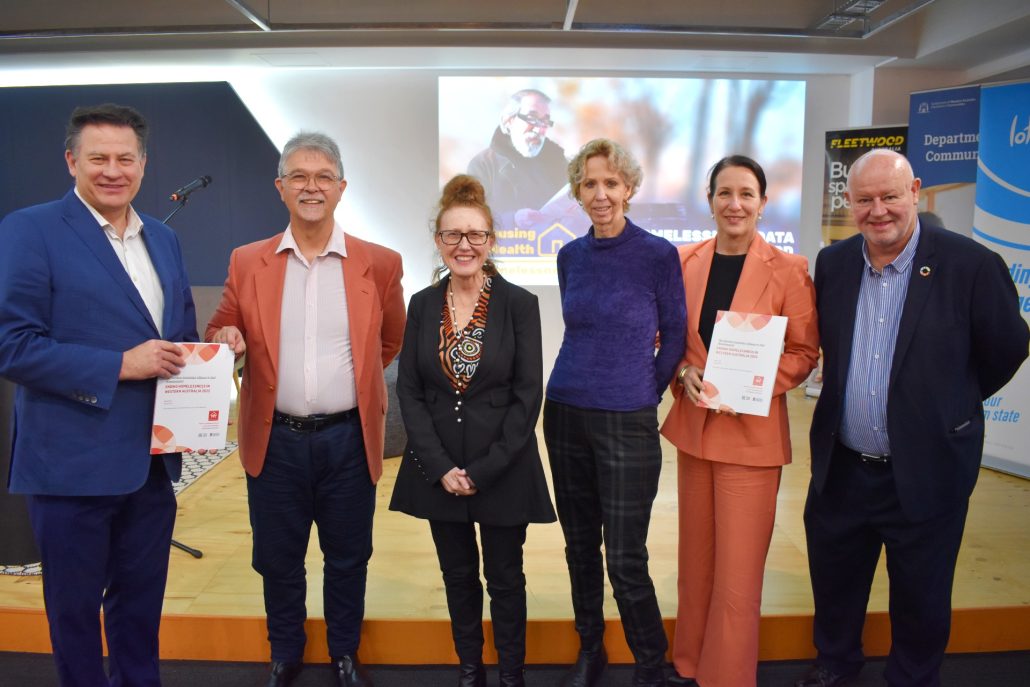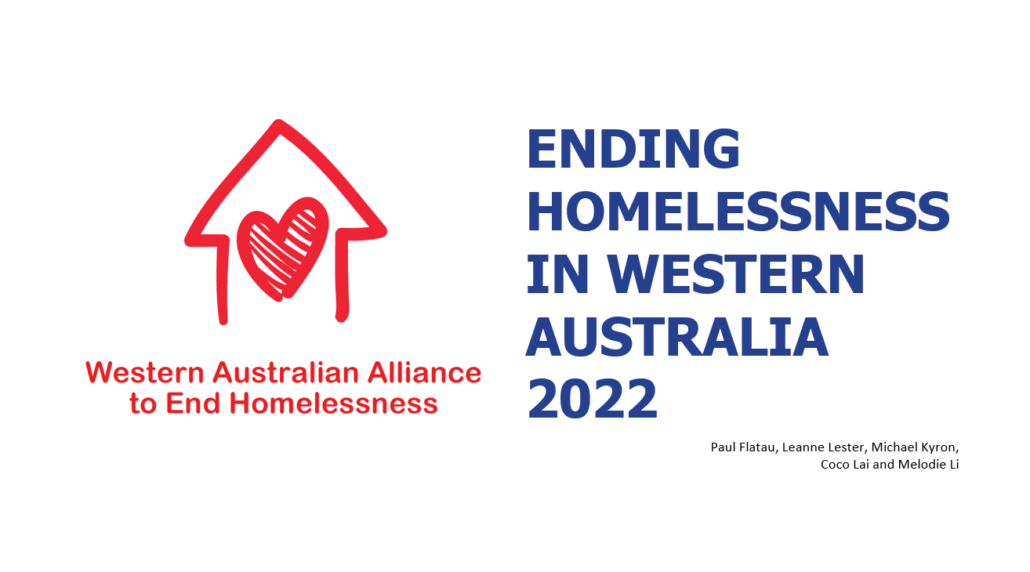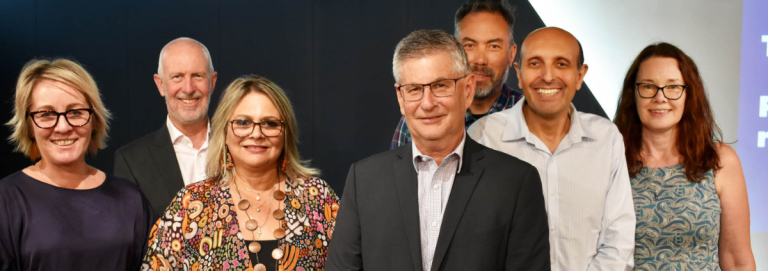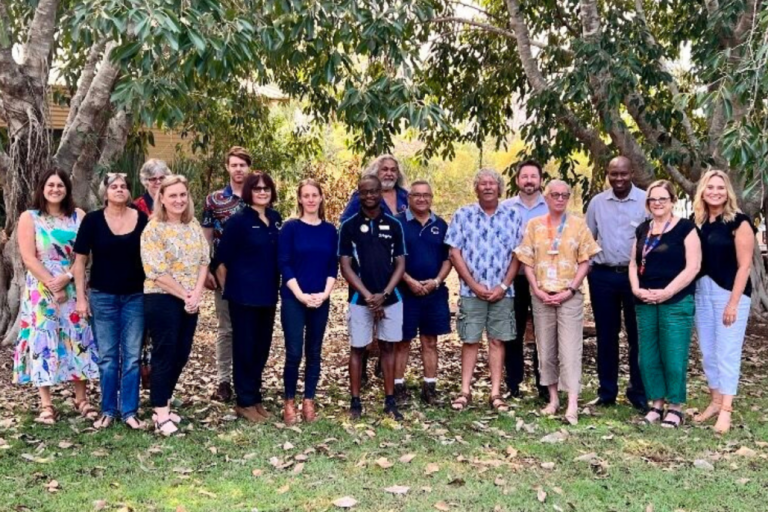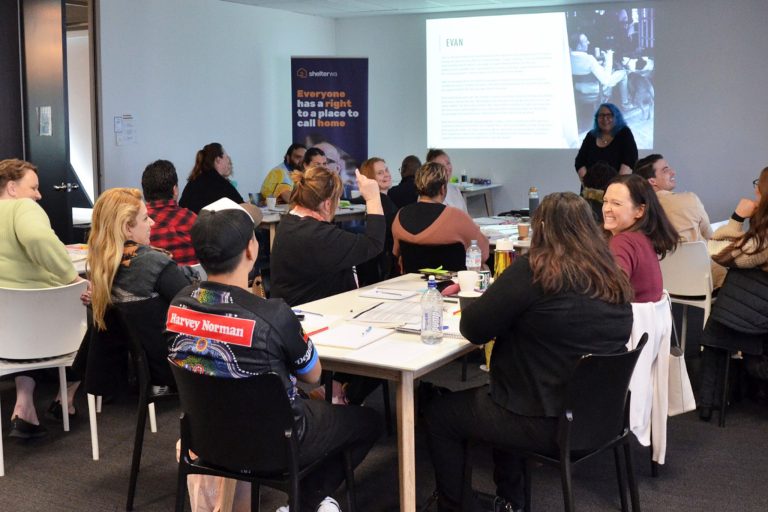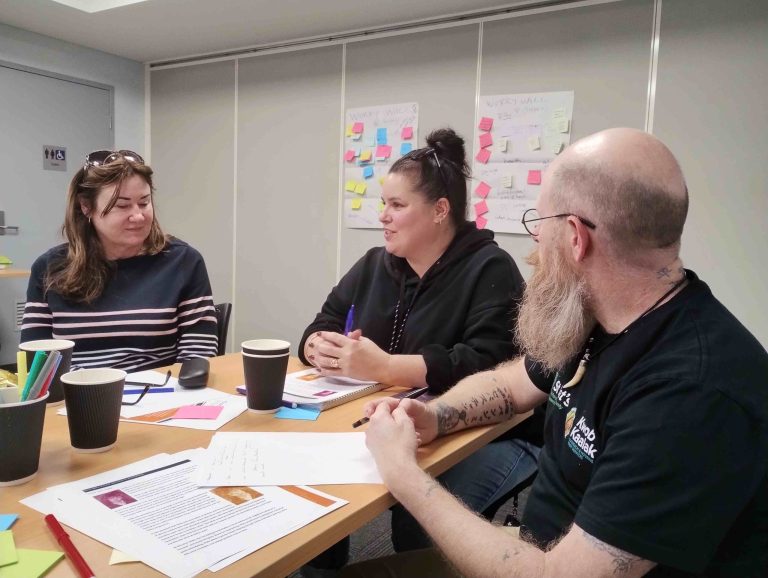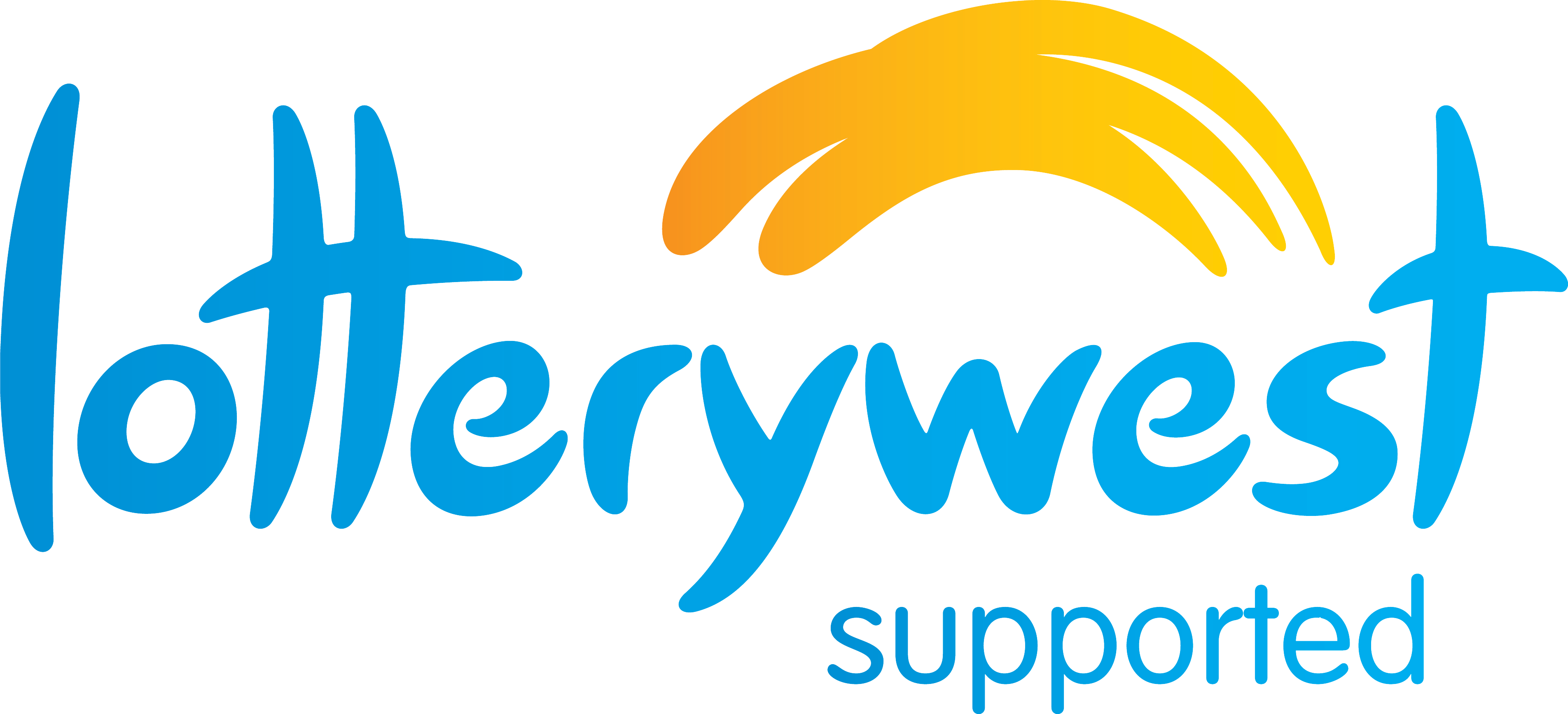[ad_1]
Homelessness Week is a national week to raise awareness of people experiencing homelessness, the issues they face, and the action needed to end homelessness not just manage it.
On Tuesday, 2 August 2022 the Western Australian Alliance to End Homelessness (WAAEH) released their Ending Homelessness in WA 2022 report.
WAAEH is committed to completing annual reports on the state of homelessness in WA and the important programs and initiatives aimed at ending homelessness. The first report was launched during Homelessness Week 2019.
Compiled by the Centre for Social Impact UWA (CSI UWA) the 2022 version provides a decade of data held by community agencies of those sleeping rough in WA and profiles the initiatives and programs driving to end homelessness.
Keynote speaker was CSI UWA Director Professor Paul Flatau who outlined how the data was drawn from the Census of Population and Housing, the WA Zero Project and government funded homelessness and housing support services called Specialist Homelessness Services (SHS).
Steady Incline
“We have seen a steady incline of people experiencing homelessness accessing SHSs in Western Australia from 2,252 clients per month in 2017 to 3,131 clients per month in 2022 – that’s a 39 per cent increase,” Professor Flatau said.
“The data reflects an over-representation of people experiencing homelessness in regional WA relative to Perth. While only 6.3 per cent of Western Australians live in remote or very remote WA, 36 per cent of the clients who accessed SHS services, resided in remote or very remote areas, with the outback north having the highest rate in Australia.”
“An over-representation of Aboriginal people.”
Professor Flatau said the data also showed a significant over-representation of Aboriginal and Torres Strait Islander people in the Western Australian homeless population.
“While making up only 3.1 per cent of the general population, Aboriginal and Torres Strait Islanders form 29.1 per cent of the homeless population in the Census, Aboriginal people make up an even higher proportion of those receiving support form homeless services,” he said.
“The population of people experiencing homelessness in Western Australia is characterised by an over-representation of Aboriginal people who have experienced family or domestic violence, people with mental health issues, young people, and people with substance use issues.”
Panel Presentation
Director of Engagement and Strategic Projects at WAAEH John Berger led a panel session with General Manager Community Services of Centrecare, Leanne Strommen; Chief Executive Officer of Ruah Community Services, Debra Zanella; Lived Experience Advocate and Co-Chair of the WAAEH Steering Group Al Connolly and Chief Executive Officer of Shelter WA Michelle Mackenzie.
“The thing that jumps out for me is the rate of homelessness amongst the Indigenous population in WA,” John Berger said in starting the panel discussion.
“When you think about the proportion of Aboriginal people in our community and the rates of homelessness, it exceeds any rate of any one cohort in WA. We really have more work to do in terms of addressing homelessness amongst the Aboriginal Indigenous people. The first response really needs to look at how do we strengthen Aboriginal Community Controlled Organisations (ACCO) to be in a position to be able to respond to their own countryman. Respond in a manner which gives them the capacity to do that work. We are seeing some positive signs of moving in this direction such as the Moorditj Mia program a Housing First support program run by an ACCO.”
Debra Zanella reflected on the beginnings of the WAAEH and encouraged “courage and steadfastness at this point of implementation”.
“The part of implementing a new system is difficult.”
“One thing is to imagine and to dream a system, the part of implementing a new system is difficult. We must remain true to this body of evidence that’s been developed over the last ten years, and this is a message to our government colleagues, you have to fund equally in the critical space as you do in prevention you can’t do one or the other. We have to increase spending in prevention whilst we are reducing the inflow into tertiary services,” she said.
Watch the event here
Leanne Strommen reflected on the massive amount of work undertaken.
“In order to have true fidelity to Housing First we need a bipartisan approach which I don’t think is current. There also needs to be sufficient housing stock to meet the current demand and we can’t forget this is people that are homeless and every time it’s people that we are talking about who can’t get access to a home. The system is also at peaking point in terms of demand. And the stress levels on the people who are living on the streets is extremely high,” she said.
Michelle Mackenzie said the data exposed a real need for all stakeholders, and relevant government departments to build on the initiatives in the WA Homelessness Strategy and focus on a joined-up approach to address housing and health issues and their relationship to homelessness.
“We can end homelessness.”
“We can end homelessness. Without suitable housing and appropriate wrap around supports, many people are trapped into a cycle of long-term homelessness,” she said.
Al Connolly said “he makes no apology for not speaking politically correctly”. In his reflection Al noted the challenges faced by the sector. “I wouldn’t have said this last year, but right now I have got to congratulate … the coming together in this perfect storm that’s occurred after the pandemic. The saying is ‘you can’t manage what you don’t measure’ so we now have some accurate measurements. We’ve got some starting points, and we can then build on these starting points.
“We’ve got some starting points.”
“If we have this collaborative effort, if we are bringing people with lived experience to engage with the sector to be embedded with the sector to sometimes point out something that’s not obvious to the sector and continue to take tiny steps forward in providing more housing. I think we are on the road to ending homelessness, we need to do more of it and a bit better,” Al said.
Community Narrative
“We need to use the evidence to change the narrative,” John Berger said. “Part of using evidence is to shift and change the narrative. If I reflect back five years ago there was very little narrative around ‘we can end homelessness’. Now, it’s the dominant narrative. Evidence is an important aspect of shifting the community dialogue and the community narrative, we still have a lot more work to do, but we now also have some evidence to help shape that narrative.”
Advance to Zero Results
A decade of community data collection of people experiencing homelessness.
Key findings
• 62 per cent male, average age 40 years
• Women on the whole were younger than their male counterparts and experienced more significant mental health and general health issues as well as violence on the streets.
• One-in-six aged under 24.
Violence
• Many people who are homeless have experienced dangerous events while homeless: 56 per cent have been a victim of attack; 50 per cent have threatened to harm themselves or others; 35 per cent have engaged in risky behaviour such as exchange sex for money, run drugs, have unprotected sex with strangers or share a needle; and 33 per cent had a person forcing them to do things they don’t want to do.
Health problems
• 58.4 per cent report dental problems, 30 per cent dehydration, 19.9 per cent foot/skin infections
• 34.1 per cent report asthma, 27 per cent heat stroke, 18.8 per cent hepatitis C, 19.7 per cent heart disease, 13.5 per cent liver disease, 12.8 per cent diabetes
• 69,5 per cent depression, 63.2 per cent anxiety, 39.3 per cent PTSD, 24.3 per cent psychosis.
Read the full report here.
WA Homelessness Dashboard
Accompanying the release of this report was the launch of an online WA Homelessness Dashboard, displaying the latest statistics on the state of homelessness in WA and trends in the funding of homelessness services.
It is the first community homelessness dashboard in Australia.
View the Homelessness Dashboard here.
The WAAEH acknowledges the assistance of Western Australian homelessness agencies in preparing the Dashboard. The WAAEH wishes to acknowledge the funding to the WAEEH provided by the Sisters of St John of God Ministries without which the WAAEH Dashboard and Ending Homelessness in Western Australia Report 2022 would not have been possible.
Homelessness Week 2022 would not be possible without the support of our sponsors: Lotterywest, the WA Alliance to End Homelessness, Department of Communities, Fleetwood Australia, Uniting Church in the City and Beyond Bank.
Feedback
Did you attend this event either online or in-person? Give us your feedback here.
[ad_2]
Source link
